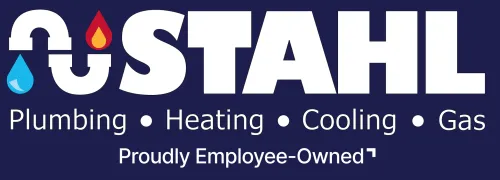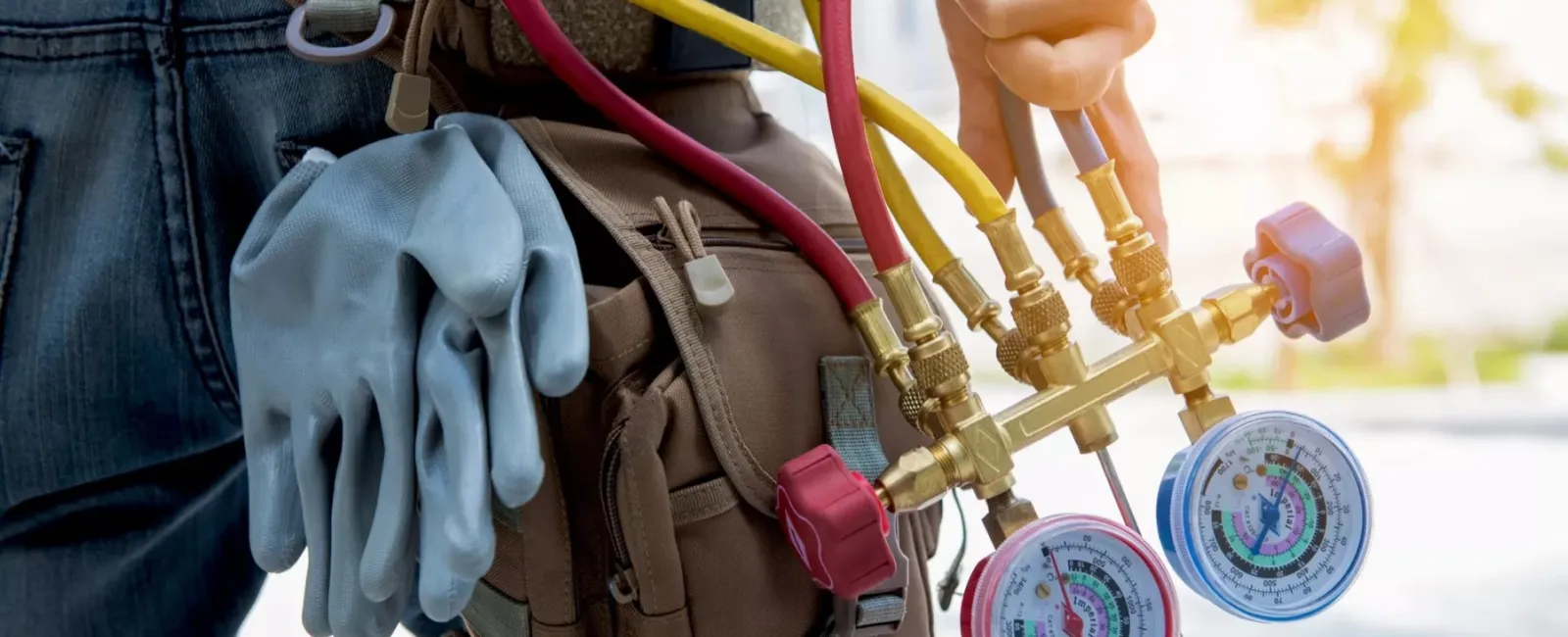
The Pittsburgh plumbing team at Stahl Plumbing is often asked, "What is the best way to respond to an emergency plumbing situation?"
For starters, it is crucial not to overreact. The problem may not be as severe as you think, and people rarely make smart, sound decisions when they are flustered.
We understand how scary it can be to watch your toilet or sink overflow or to have a burst pipe in the middle of winter, but always remember this key piece of advice. Not keeping a level head is the worst thing you can do in these circumstances because it just leads to wasted time. When you calmly and quickly take appropriate action, the better off you, your family and your home will be when it comes to safety and the final repair bill.
How To Handle a Plumbing Emergency
First and most importantly, completely shut off the water source. The only way to stop leaks in their tracks is to engage the main shutoff valve. This obviously means knowing the precise location of the valve and how to access it. If you are unsure, our emergency plumbing professionals will be happy help you locate it. For ease of reference, take the time to label all water and drain lines and connecting valves, as this will make resolving the problem much easier if an unexpected leak or backup occurs.
After you have stopped additional water from coming inside, you will want to quickly and diligently contain the problem area. Keep a pile of towels on standby, and remove all nearby items that may be affected. Water damage is notorious for destroying household belongings, which is why minimizing the flood zone is essential.
While you are waiting for your Pittsburgh plumbers to arrive, air out the area by turning on any room and portable fans. This is particularly important when carpeting and other moisture-absorbing materials are involved. The use of a utility pump is an additional drying measure that can mean the difference between a partial and full flooring replacement, and that difference can amount to thousands of dollars in savings.

